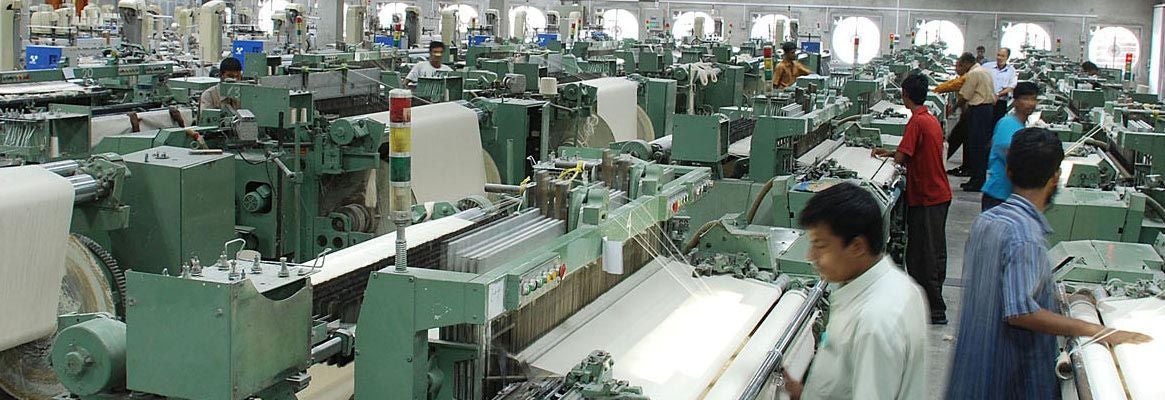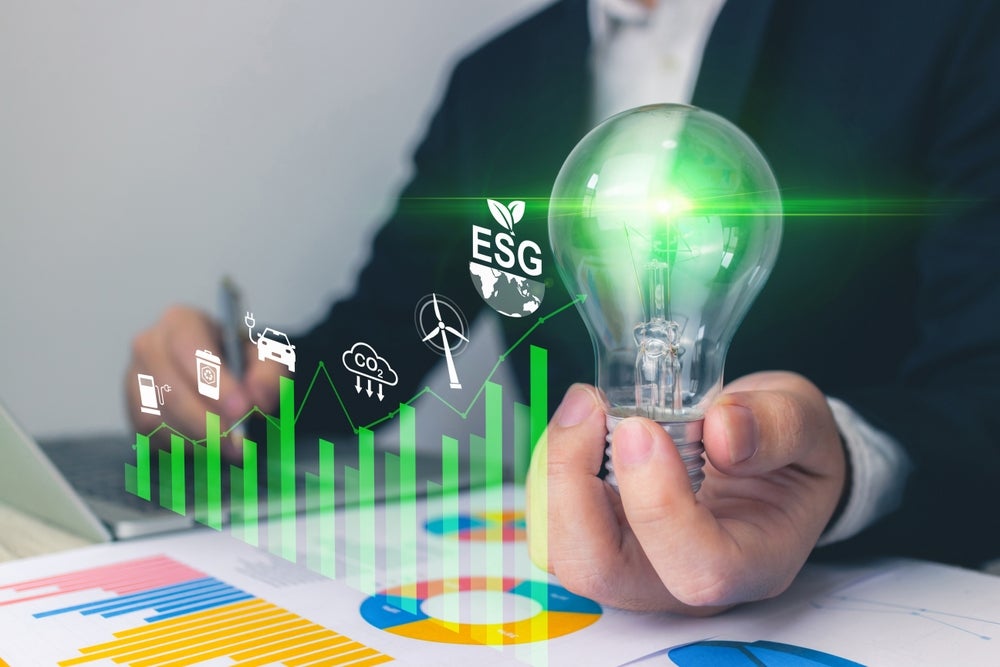
The Reserve Bank of India expects India’s gross-domestic-product expansion to hit an 11-year low of 5% in the year ending March 31 on lower consumer and corporate spending.
In response to dismal growth prospect for the first half of the year, the central bank has left its key lending rate unchanged.
The Reserve Bank of India (RBI)’s monetary-policy committee has decided to keep its repurchase rate at 5.15%. India’s consumer inflation is above the bank’s 4% target rate; so, the bank deemed it prudent not to lower rates in spite of sluggish growth.
The bank—which lowered rates five times last year—has “decided to continue with the accommodative stance as long as it is necessary to revive growth, while ensuring that inflation remains within the target.”
“The Reserve Bank is actively engaged in revitalizing the flow of bank credit to productive sectors having multiplier effects to support impulses of growth,” said Shaktikanta Das governor of the RBI.
Three years of decline and plan for revival
India has rapidly declined from the world’s fastest-growing, large economy, with growth of more than 8% in one quarter in 2018, to an Asian also-ran with growth of 4.5% in the three months through September last year.
How well do you really know your competitors?
Access the most comprehensive Company Profiles on the market, powered by GlobalData. Save hours of research. Gain competitive edge.

Thank you!
Your download email will arrive shortly
Not ready to buy yet? Download a free sample
We are confident about the unique quality of our Company Profiles. However, we want you to make the most beneficial decision for your business, so we offer a free sample that you can download by submitting the below form
By GlobalDataLast weekend India unveiled plans to cut some income taxes and increase spending, hoping to resuscitate growth. In its national budget New Delhi put off plans to rein in the fiscal deficit so it could spend more as the economy needs government help to create jobs for its 1.3bn people.
The government also proposed a long list of measures to energize consumption and investment. It lowered income taxes and some corporate taxes and pledged more investment in infrastructure, rural development, education and health care.
To accommodate the spending, India decided to miss its own budget-deficit target and hopes to raise some revenue through import tariffs and selling of state-owned companies.
The RBI said it expects growth to step up to 6% in the next fiscal year but it lowered its outlook on growth for the first half of the year to a range between 5.5% and 6.0%, down from an earlier prediction of between 5.9% and 6.3%.
Consumer price inflation jumped to a five-and-a-half-year high of more than 7% in December. The Reserve Bank of India said there is still some volatility in food and oil prices, but it expects inflation to cool down to between 5% and 5.4% in the first half of the coming fiscal year.







